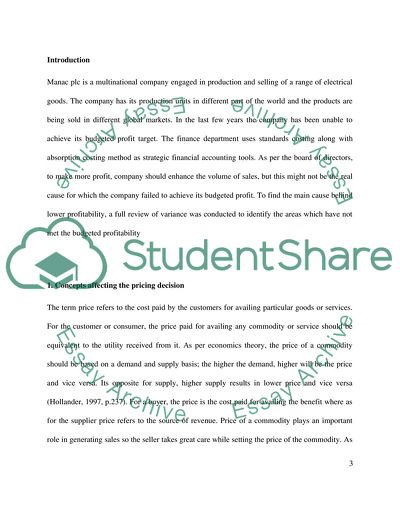Cite this document
(The Essentials Of Cost And Managerial Accounting Case Study, n.d.)
The Essentials Of Cost And Managerial Accounting Case Study. Retrieved from https://studentshare.org/marketing/1730976-strategic-management-accounting-individual-assignment
The Essentials Of Cost And Managerial Accounting Case Study. Retrieved from https://studentshare.org/marketing/1730976-strategic-management-accounting-individual-assignment
(The Essentials Of Cost And Managerial Accounting Case Study)
The Essentials Of Cost And Managerial Accounting Case Study. https://studentshare.org/marketing/1730976-strategic-management-accounting-individual-assignment.
The Essentials Of Cost And Managerial Accounting Case Study. https://studentshare.org/marketing/1730976-strategic-management-accounting-individual-assignment.
“The Essentials Of Cost And Managerial Accounting Case Study”, n.d. https://studentshare.org/marketing/1730976-strategic-management-accounting-individual-assignment.


